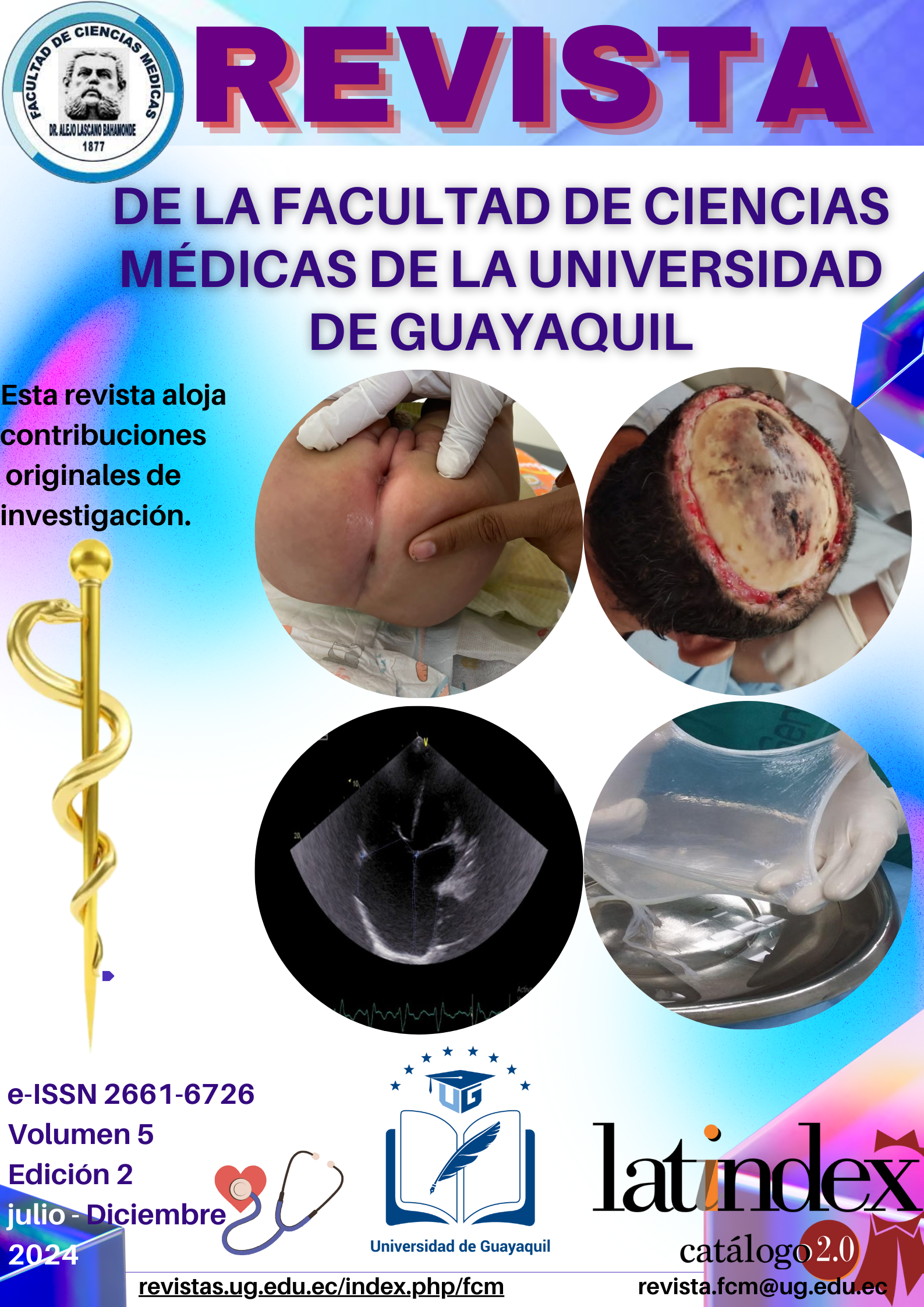Normoxemic hypoxia of toxicological etiology and its current management as a cause of sudden and collective cyanosis
A propósito de un caso
Keywords:
Hypoxia, mitochondrial respiration, methemoglobinemia, cellular respiratory failureAbstract
Cellular or mitochondrial respiratory failure is a poorly defined entity in emergency services; there are no protocols to address it and its failure to identify it early can lead to negative results. Its diagnosis is made when other pathologies are ruled out as a cause of pulmonary respiratory failure and due to high lactate values in blood gas analysis with normal gases. The main cause of tissue hypoxia is hypoxemic and anemic etiology, followed by shock states and finally histotoxic etiology. In this clinical case, its relevance due to poisoning by methemoglobinizing substances in a family led to alerting the ease of accidental poisoning by this type of substances available in compounds for daily use. I also frame the usefulness of elementary diagnostic tools such as clinical history and medical reasoning, directed towards a timely diagnosis and treatment of this type of acute respiratory failure with cyanosis not responsive to oxygen therapy of non-cardiopulmonary etiology that required on this occasion only conservative management.
References
ALEJANDRO MARTÍN DE SAN PABLO SÁNCHEZ, FELIPE VILLAR ÁLVAREZ, & GERMÁN PECES-BARBA ROMERO. (2023). Insuficiencia respiratoria. hrome-extension://efaidnbmnnnibpcajpcglclefindmkaj/https://www.neumologiaysalud.es/descargas/M8/M8-2.pdf
Michael Andrew Tandlich, Timothy M. Loftus. (2022). Hipoxia en las urgencias. https://www.intramed.net/contenidover.asp?contenidoid=101645
De Rubens-Figueroa, Jesús; Jiménez-González, Miriam E.; Francisco-Revilla, Estivill Nuria. (s. f.). Cianosis como manifestación de metahemoglobinemia. Revista Médica del Instituto Mexicano del Seguro Social, 46, núm. 4, 2008, p. 439444. https://doi.org/chrome-extension://efaidnbmnnnibpcajpcglclefindmkaj/https://www.redalyc.org/pdf/4577/457745522016.pdf
Johel Mondragón Bustos. (2016). Hipoxia y Cianosis. 1(9), 9-12.
AHLS SCIENTIFIC ADVISORY COMMITE & HAZMAT. (2017). ADVANCED HAZMAT LIFE SUPPORT (5.a ed.). THE UNIVERSITY OF ARIZONA.
Juan Carlos Figueroa Casas y Marcelo Figueroa Casas. (s. f.). Hipoxia, Hipoxemia, Cianosis [Cientifica]. semiologia medica. https://www.semiologiaclinica.com/index.php/articlecontainer/motivosdeconsulta/79-hipoxia-hipoxemia-cianosis
Nakane, M. (2020). Biological effects of the oxygen molecule in critically ill patients. Journal of Intensive Care, 8(1), 95. https://doi.org/10.1186/s40560-020-00505-9
Dr. Ramón García Hernández. (2018). Metahemoglobinemia. 5(1). https://revcmhabana.sld.cu/index.php/rcmh/article/view/9/html
Yadira Tamayo Rodríguez1*, Olga M. Agramonte, & Maydelin Miguel Morales1. (2022). Importancia clincia del diagnostico de la metehemoglobinemia. 38, 3.
Nelson, L., & Goldfrank, L. R. (Eds.). (2011). Goldfrank’s toxicologic emergencies (9th ed). McGraw-Hill Medical.
Josef T Prchal, MD. (2023). Metahemoglobinemia. 1. https://www.uptodate.com/contents/methemoglobinemia





